Oakley made their big entry splash in helmets last year to much hoopla. After all, it’s Oakley, they lead the eyewear industry, they go big or stay home, if they’re doing something new, it’s got to be awesome.
They turned out a road and aero helmet and pretty soon WorldTour teams Dimension Data and Katusha were showing off the new lids in grand tours and classics.
The ARO 3 is the next iteration, a hyper-light, climbers helmet with Oakley’s usual distinctive touches and some thoughtful design elements. If you watched the recent Vuelta a Espana, Ben King was wearing the ARO 3 when he stunned the peloton with two breakaway stage wins on uphill finishes.
I had a chance to see the ARO 3 up close at the Oakley booth. First impressions — very cool and very smart. I’ll admit that I wasn’t blown away by the styling in year one but the ARO 3 looks much more polished and well-put together.
First off, wow, it’s weightless. All modern helmets are light these days but the ARO 3 is definitely gram-defying. A medium is just under 300 grams and it feels even lighter than that. It basically doesn’t exist in terms of weight — and that’s just what a climber wants to hear.
That seems even more impressive when you consider that’s the weight with the MIPS® Brain Protection System. Oakley made a point of designing the ARO 3 from scratch to work well with MIPS as opposed to slapping it on after the fact. Oakley has a reputation for obsessing over the details and that MIPS integration is one good example.
In terms of venting, the ARO 3 is meant to be strong on ventilation with big, wide vents and channels and a design that optimists the direct flow of in the front and out the back. The MIPS layer inside, with its many perforations, also adds to the cool feeling and keeps the top of your head from actually touching the inside of the helmet itself. So there’s more space for air flow and heat dissipation. The core-outs on the inside also match the lines outside the helmet.
The innovation that impressed me came from the partnership with BOA. The Boa® FS1-1 is a 360 degree retention system that does away with the thin, hard plastic pieces that run from each side of the helmet to the back where the dial is that controls your fit. Instead, Oakley and BOA came up with a super thin lace string that does the same job. There are several benefits here — it’s softer against your skin and doesn’t interfere with your eyewear. In many helmets, that plastic side piece will move your eyewear around a bit and create a pressure point. In the ARO 3, your eyewear well lay nicely over the BOA string and stay comfortably in place. Turn the Boa dial at the rear and you’re good to go.
That careful integration is exactly what you’d expect from a company famous for high-end design and cutting edge optics. As a final point, they cut channels on the front part of the inner shell so you have a secure dock for your shades. They’ve also tested the dock to ensure it works with eyewear from other companies like Smith and Tifosi.
Last thoughts: The straps are thin and soft and, just a little touch, they designed that little rubber ring so it’s attached to the end of the strap. Instead of that dangling, unsightly inch of strap that extends past the buckle, the end stays tight against the strap — a little aero and style plus.
The ARO 3, along with the more aerodynamics-driven ARO 5 and a TT ARO 7 will all be available February 2018. The ARO 3 will retail for $180, comes in plenty of colors — including this cool minty green. I hope to have a chance to review it in the near future.

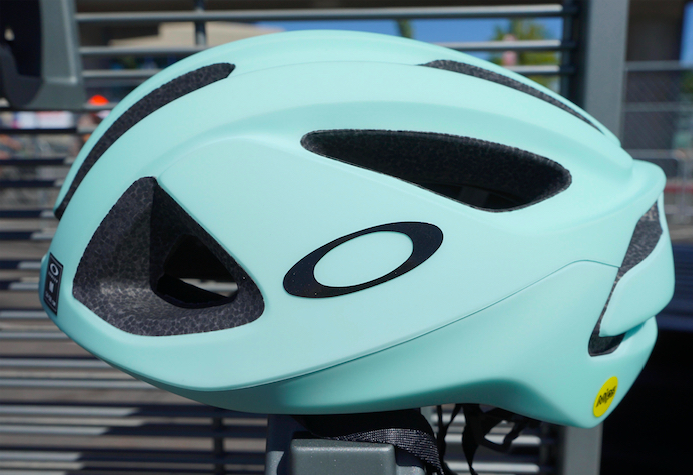
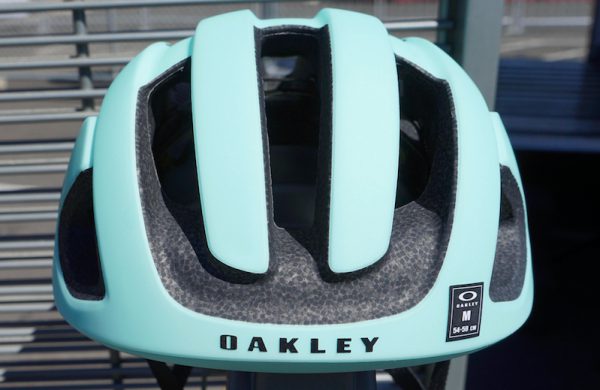
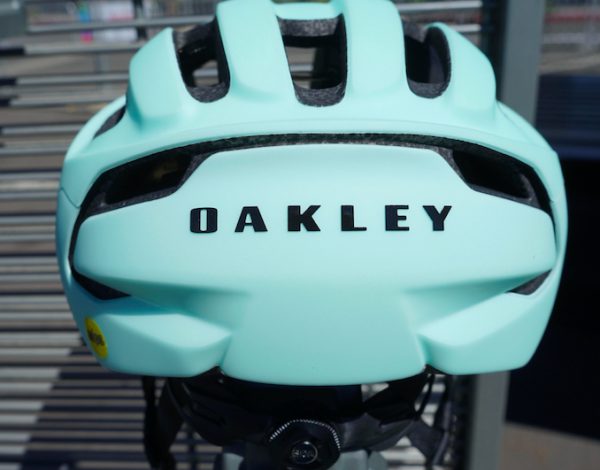
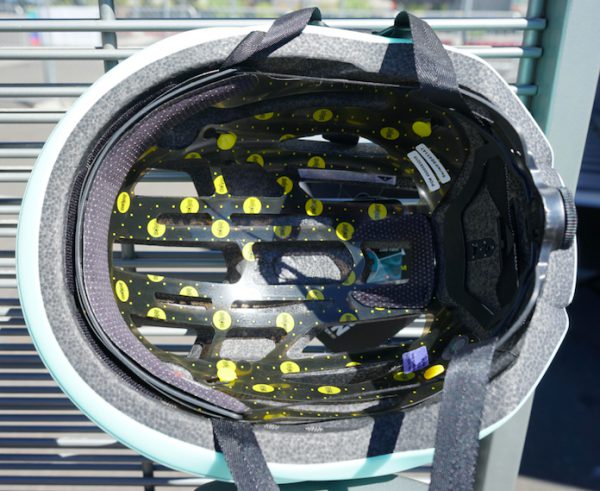
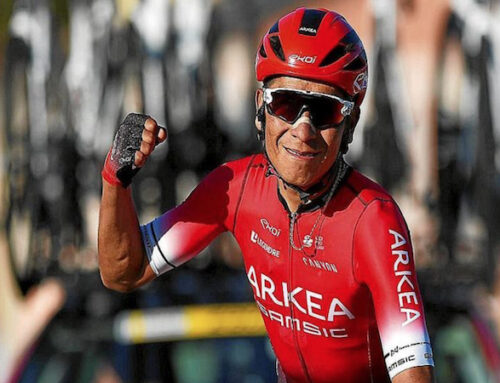




Leave A Comment